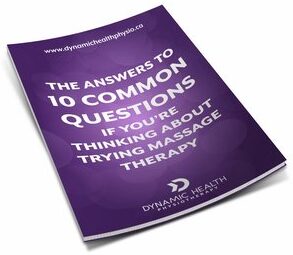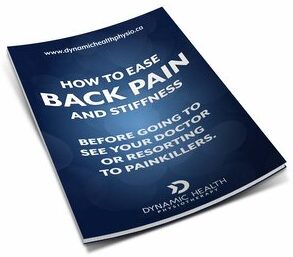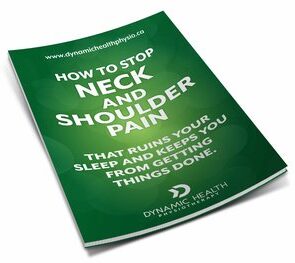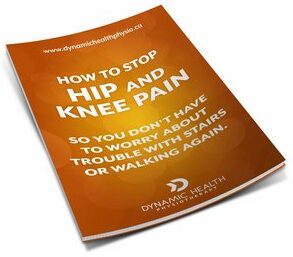- August 30, 2020
5 TIPS TO KEEP YOUR KIDS FROM COMPLAINING ABOUT SORE BACKS AND NECKS DURING ‘THE NEW NORMAL’ THIS SCHOOL YEAR
As we prepare to wade into the new school year, there are many unknowns that need to be worked out and new concerns that need to be addressed. One concern that comes up every year in conversation with parents is the inevitable soreness that happens with the return to the school routine. This is usually caused by longer amounts of time spent sitting at a desk and carrying around a heavy load in an overstuffed backpack.

This year, due to the added difficulties of doing more work from home, there is more interest than ever in this topic. Students will potentially be carrying more supplies to and from school and sitting at a computer to do more online learning. Parents are asking how to prepare their children who are now more at risk for sore backs, necks, shoulders, and even wrists due to the changes in school conditions and home learning environments.
To make the transition back to school a bit easier, here are some tips to avoid the most common reasons for soreness, by addressing the causes right from the start!
1 - PICK A SUPPORTIVE BACKPACK
I realize kids will likely argue that style or the latest popular cartoon characters are the most important criteria when picking a backpack, but IF you have a say in the matter, try to encourage a backpack that has two wide, cushioned straps that are easily adjustable. The bag should ideally have a waist strap too, to help distribute the load and keep it from bouncing as they walk.
2 - DON’T OVERLOAD BACKPACKS
Avoid the urge to get a bigger bag – that way they can’t be overpacked. They should only have supplies necessary for that school day. When they need to be loaded up, keep the shoulder straps tight, with the backpack high on the back. Make sure they tighten them with each use, if possible. If the backpack has chest and waist straps, encourage them to fasten and tighten them when walking around with a heavier load.
3 - SET UP A DEDICATED LEARNING STATION
For at-home learning, it’s best to avoid doing work on the couch, on a bed, or even at the kitchen table. If possible, set up a workstation that is meant for doing schoolwork, with a chair that supports their back and allows their feet to be flat on the floor.
4 - CONSIDER THE ERGONOMICS
With a workstation and good chair all set, the next thing to address is the proper positioning of the computer and keyboard. Aim to set up a comfortable wrist position, with easy access to the keyboard. Arms should be resting comfortably at their sides while typing. Also, always encourage using a mouse instead of the built-in trackpad or touchscreen on a laptop or tablet. Next, the computer screen should be at an ergonomic viewing angle – elevated to just about eye level when looking at the screen. If a laptop is being used, this can be accomplished by raising it up on a stack of books or using a dedicated laptop stand. They should only have to glance down slightly with their eyes instead of moving their whole head. This can significantly help to reduce neck and shoulder pain.
5 - TAKE BREAKS. GET UP AND MOVE AROUND
It is important to change positions regularly to avoid muscle fatigue and poor posture that tends to creep in when concentrating on the work in front of you. Remind your kids to stand up and stretch regularly and adjust their sitting posture when they think of it.

Have Questions About Massage Therapy

Need some help with your back pain?

Struggling with neck or shoulder pain?
Click the button below to claim your free copy of this neck and shoulder pain tips report!

